No matter if you have an iPhone or Android phone, chances are it is full of photos and other information that you don’t want to lose. After all, it’s a terrible feeling to not only lose a smartphone but to also lose all the data stored on it. Back it up, especially when it’s personal and priceless.

The good news is that it’s not difficult to do that regularly, regardless of which phone you’re using. Generally speaking, smartphone manufacturers and mobile operating system developers have backup processes in place that simplify things.
The importance of backing up can’t be understated. Imagine having a camera on vacation and losing the memory card. All those great images and memories are gone. Multiply that several times over and include your messaging history, contacts, music, video, apps, and personal data (passwords, notes, etc.) and you have a much bigger issue.
Here, I’ll go through each mobile platform and the backup options:
Back up on macOS via Finder
When Apple released macOS Catalina, it also changed the backup process for iPhones. Instead of doing it through iTunes, you could now do it directly through the Finder on your Mac. Plug your iPhone into your Mac, and you will see it appear under “Locations” in the side menu of any open window. Click on it and an interface appears in the window showing you all the basics.
Among the options will be to “Back Up Now”. This is essentially a backup maintaining the status quo at the time you backed up. If you were to lose your phone or need to restore to a new one, you could load the backup file onto the new device and place everything exactly where it was. This is also really helpful if you run into a situation where you need to factory reset your iPhone and want to restore everything afterward.
Note that iOS now allows you to migrate all data from one iPhone to another directly without having to use a Mac or Windows PC to do so. That’s convenient when upgrading to a new iPhone, but when you want to back up to a computer, however, this is one of the methods to do so.
Back up on macOS via iTunes

From the beginning, Apple always offered iTunes as a one-stop shop for syncing and backing up an iPhone. When it added iCloud, there was another option that could also help. Doing it through the Finder came later. If your Mac is running macOS Mojave or earlier, you can use iTunes to back up your iPhone’s data entirely to your computer.
I always found it super convenient to keep a weekly backup that I could use to overwrite the previous one. Not to mention avoiding having to re-download everything. All you need to do is plug in your iPhone to a Mac or Windows PC, launch iTunes, and select Backups>Manually Backup and Restore>Back Up Now to make it happen.
If you have an older backup already stored on the computer and want to save space, you can delete the older one by going to the menu bar clicking on Manage Backups, and deleting it from there.
Back up on iOS via iCloud
iCloud is always good at backing up the basics, like contacts, mail, notes, calendars, reminders, and photos. You do get the first 5GB of cloud storage free, but you will have to pay to increase that. The storage options range from 50GB, 200GB and 2TB.
What’s good about iCloud is that it works for you in the background. When entering a Wi-Fi network, it can pull in any new photos, videos, and apps you added to your phone. That automatic upload is like an insurance policy for your images. You just have to make sure you have enough storage to keep it all. To enable that, go to Settings>[your name]>iCloud>iCloud Backup, then turn on iCloud Backup.
Beyond that, iCloud will back up app data, device settings, HomeKit configurations, all your messaging history (text and iMessage), iTunes purchase history, and even voicemail.
Back up on Android

With Android, things are considerably clearer than they used to be. Having a Google account is important to initiate any backup process. It’s pretty basic, so will cover things like contacts, calendars, apps, and media purchased from Google Music.
Previously, Google didn’t include app data, but that’s no longer the case. Preferences, settings, and saved games can transfer over, but there is a catch. Much of that is left up to app developers, so a certain app or game might save more than the other does. One way to find out would be to go to Settings>Backup>App data. The path to get there may slightly differ, depending on the Android device you’re using, so keep that in mind.
You do have the option to restore from a previously-owned Android phone or tablet, which automatically re-downloads whatever apps were stored there to your new device. Except it won’t bring back your messaging history.
For that, it’s best to use something that can back them up. Pulse SMS is a good option because it’s cloud-based and easy to customize. Except for Google’s Pixel phones (albeit limited to 25MB worth of messages), Android phones don’t back up message history.
Photos and video are relatively easy to deal with through Google Photos. Everyone you take automatically backs up to the cloud-based app, even if you’ve shot with multiple handsets. I’ve relied on it a lot for my photography and it’s worked very well throughout.
Android via Google Drive
To back up a phone entirely, similar to how Apple does it with the iPhone, Google Drive could help. At 15GB to start for free, it may be enough for devices with smaller storage, but you probably need more. For that, you will have to buy extra storage. Note, also, that any video shot in 2K or 4K will save as a 1080p file. If you want to retain the higher resolution, it will count against your Google Drive limit.
Some things won’t require backup. For example, if you subscribe to streaming services, your playlists and preferences are saved in the cloud. Providers, like Google Play Music, Spotify, Netflix, etc. will retain your settings and preferences. Re-download the apps and login, and they will be there.
Again, Google Drive won’t back up all messages. You will need to use something like Pulse SMS or Signal to do that. Either way, it’s a good idea to download the Google Drive app as well.
To recap, if you want to make sure you back up settings and apps, you can do so through the settings on your phone. The pathway may differ a little depending on the phone you have. For instance, on a Samsung phone, it’s Settings>Accounts and Backup>Back up data (Samsung Cloud or Google Drive). On a Google Pixel device, go to Settings>System>Backup. On a OnePlus device, go to Settings>System settings>Back up and reset>Back up my data.
For Google Photos resolution changes, open up the Google Photos app. Go to the menu, tap Settings>Backup and sync>Upload size, and choose the option you want. Either one will count against your Google Drive storage space.
Android via third-party app
There is no shortage of apps on the Google Play store offering various backup solutions. It’s hard to recommend one over all others, but I will suggest Super Backup & Restore as one option to start with. You can pick and choose what to back up, and there is a free version to trial first, as you will have to pay for the pro version. My Backup Pro works similarly.
Other options
Phones that include memory card slots may be one way to back up certain files. If you’ve been using one to expand on your device’s internal storage, look into that.
For something, a little more physical and substantial, you could also use an external storage drive. It’s not as easy as plugging it directly into the phone, but you can plug it into a computer and when doing a backup, choose the drive instead.
You could also technically use any cloud-based service as a backup solution, albeit with some limitations. It’s not hard to amass gigabytes of data on a smartphone these days, and cloud services don’t usually offer a commensurate amount for free. If you’re willing to pay a little more, you can make use of them under specific circumstances.
It’s also possible to manually upload photos or documents to a cloud service, like Dropbox, whenever you like, directly from your phone. That can be a great way to ensure you have photos safely tucked away while at an event or on vacation. If you are looking for ways to back up your photos and videos, you can find those details here. I recommend you do all these things over Wi-Fi so you don’t use too much of your data bucket.
No matter what methodologies you choose to go with, the bottom line is that backing up your smartphone is a crucial part of smart maintenance.
Conclusion: Secure Your Data with Ukamart

Backing up your smartphone data is not just a precaution; it’s a necessity in our data-driven world. Whether you prefer cloud services, external storage, computer backups, or dedicated apps, there’s a backup solution that suits your needs.
At Ukamart, we understand the importance of keeping your data safe. That’s why we offer a range of high-quality laptops, phones, and accessories designed to help you stay connected and secure. Our products are equipped with the latest technology to support all your backup needs, ensuring that your data is always protected. Visit Ukamart today and explore our selection of devices that empower you to safeguard your digital life. Because at Ukamart, your data’s safety is our priority.

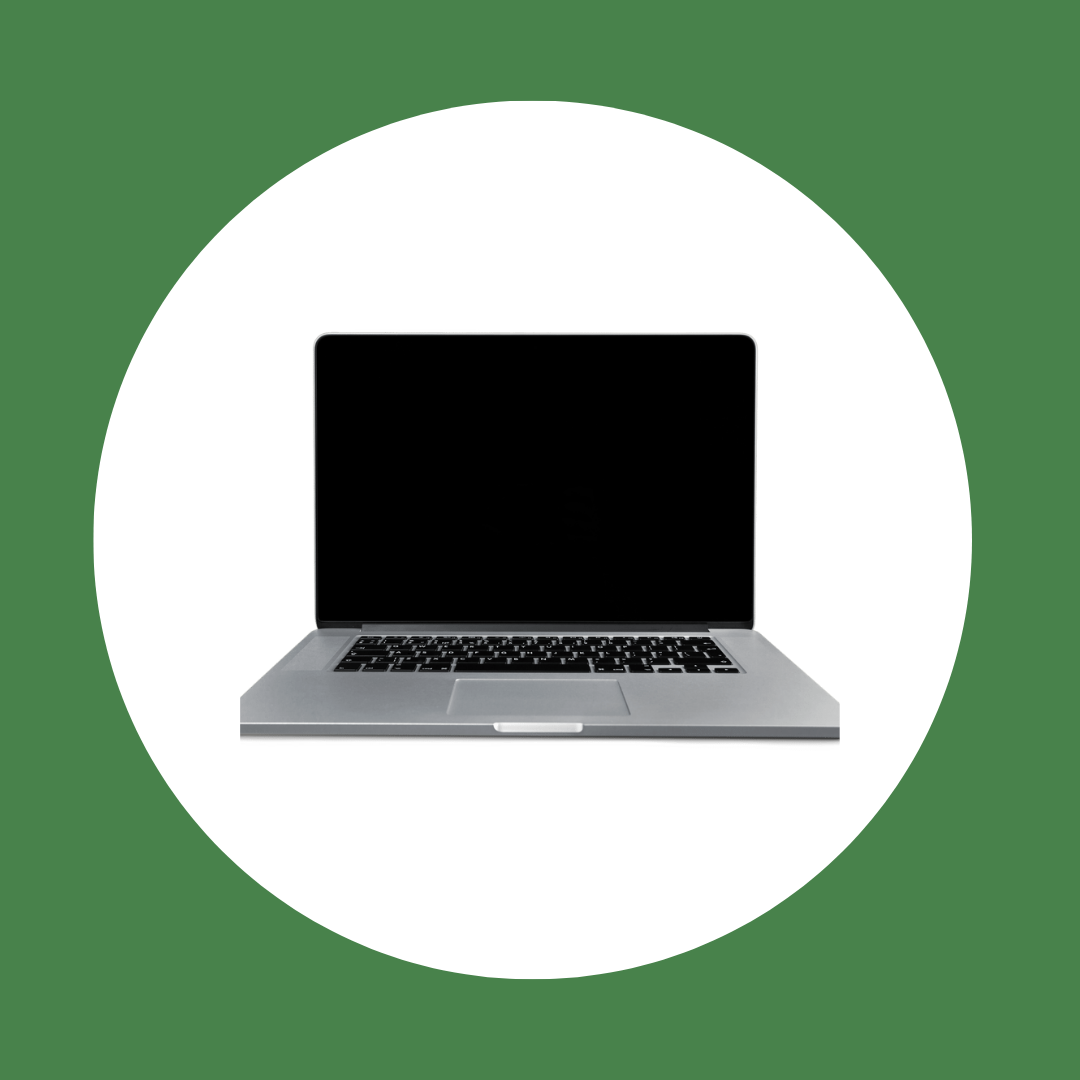
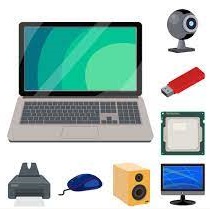
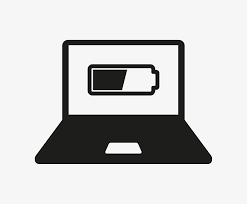
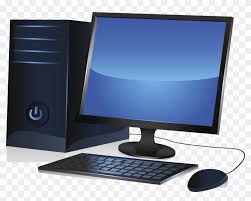
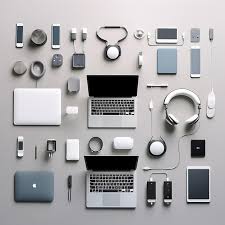
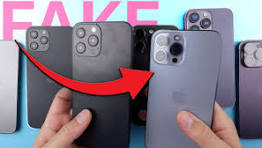


Leave a Comment
Your email address will not be published. Required fields are marked *